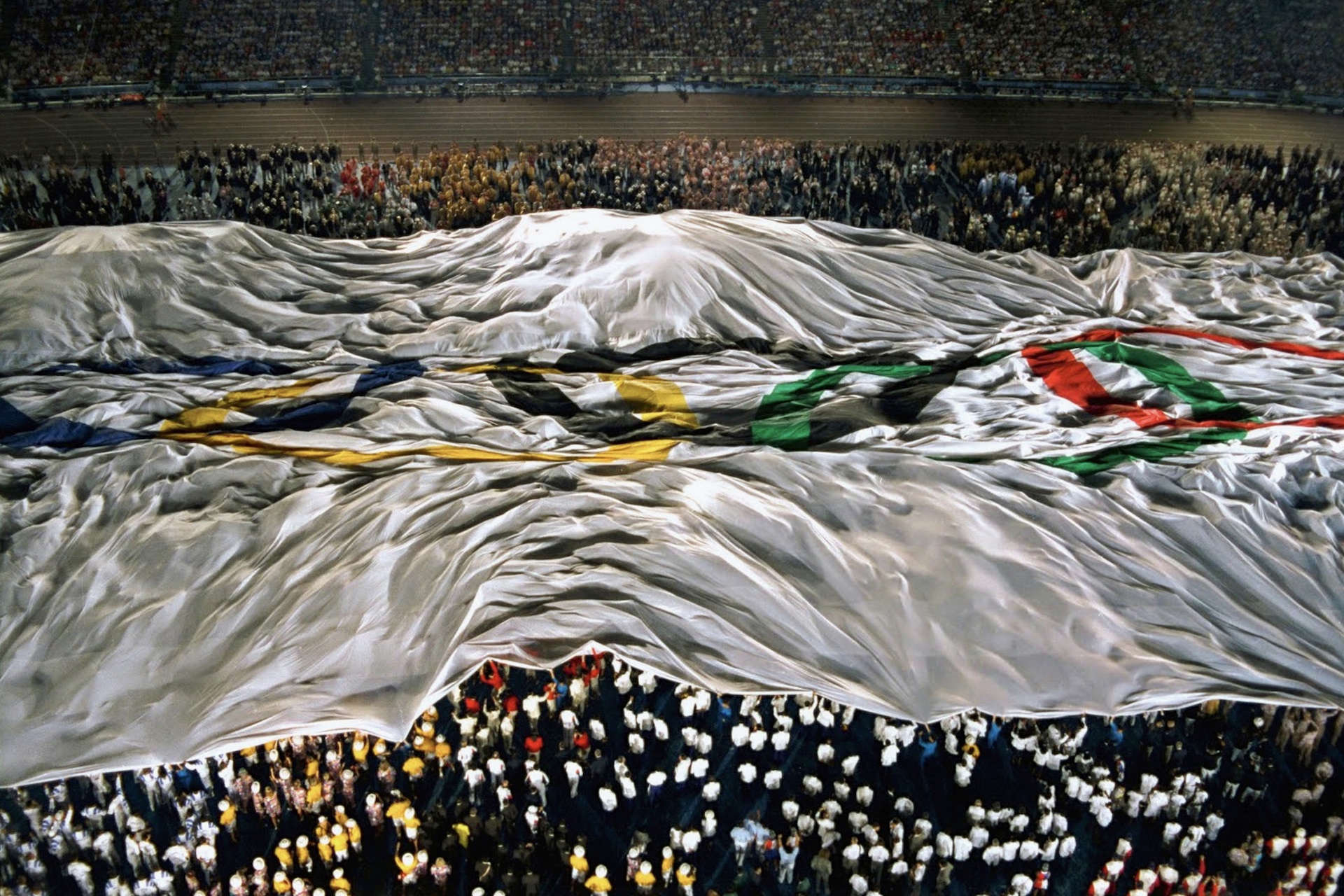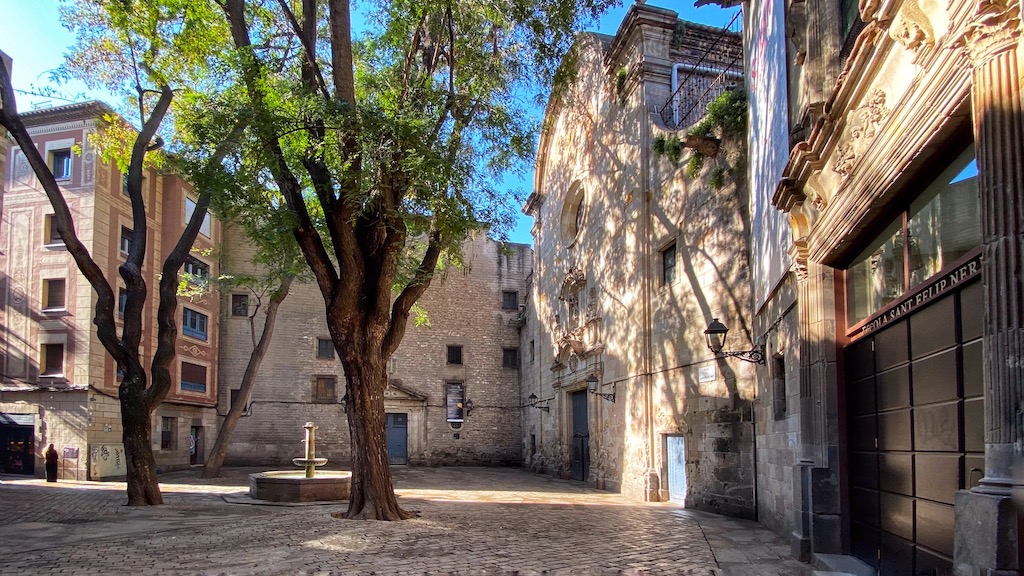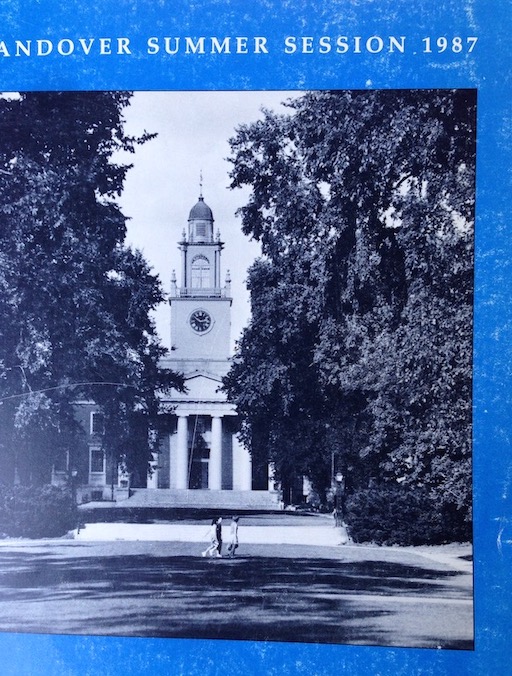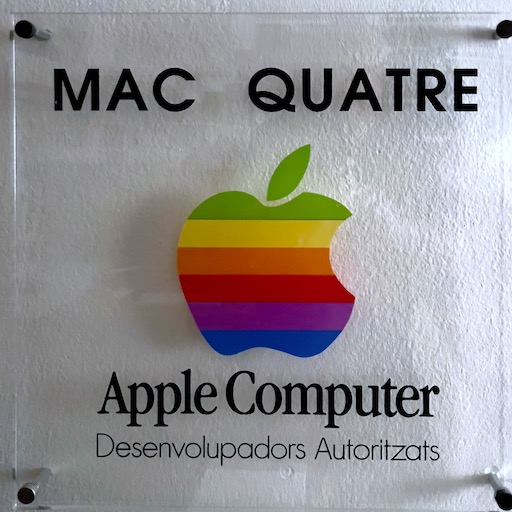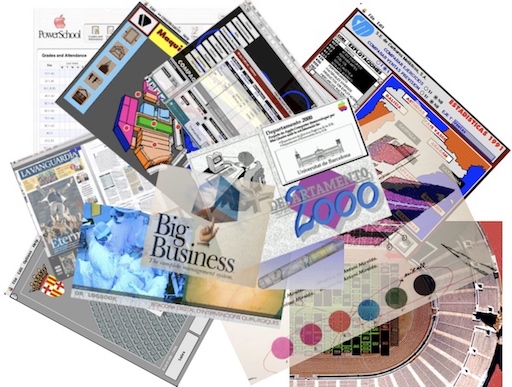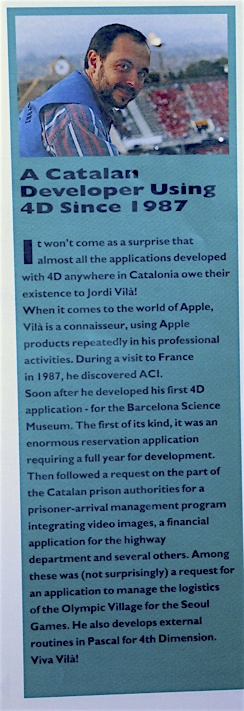Since 1984, after the Macintosh was released, most of my professional life has been linked to Apple in one way or another. To the point that I got to work for the company in California personally appointed by Steve Jobs himself, a fact that has always seemed to me a surreal twist of fate in the context of my previous history with Apple in Spain and the difficulties of carrying out independent projects related to the brand.
In 1984 while I was working for Andover I had the opportunity to own one of the first Macintoshes to hit the market. I started writing educational programs in Pascal for the classroom. I was becoming more and more interested in software engineering and exploring its immense possibilities. Fascinated by the intellectual beauty -and why not also the romantic beauty of the history of Apple's beginnings- of what those extraordinary geniuses of technology, the fathers of the Mac, had done: People like Wozniak, Andy Hertzfeld or Bill Atkinson, -to mention the ones I remember with the upmost respect-, I began to relate to the recently inaugurated Barcelona Science Museum, today CosmoCaixa, developing software for some modules of the museum. One day I was proposed to develop a solution for the Museum for the management of its Educational Service. This gave me the confidence to decide to leave teaching and thus embarking on the course of the IT industry by founding a small company in Barcelona, Mac Quatre. It was one of the first companies in Catalonia to develop software exclusively for Apple.
On those days I developed software projects for Generalitat de Catalunya (Catalan Government), Barcelona City Council, la Caixa Foundation (Museum of Science), La Fira de Barcelona, COOB92 and for companies such as Carburos Metálicos or Top Cable, in addition to publishing several management applications. The latter must be admitted with uncertain success, due in part to the enormous difficulties that piracy in our country presents to any creative initiative. One of the most outstanding projects was the software used by the Institute for Urban Promotion (IMPU) of the Barcelona City Council for the financial management of the construction of the Barcelona Ring Roads as well as other smaller projects for the COOB92. Also a software commissioned by Fira de Barcelona for the management of Construmat91 in Barcelona or a video software connected to the database of the prison system of the Catalan Government. I also remember an eye-tracking software (detection of the movement of the eye's pupil) pioneered in 1991 that, at least until a few years ago, could still be seen at the San Sebastian Science Museum. However, after Barcelona92, the enormous impact of the success of the Barcelona Olympic Ceremonies opened somehow the doors of Silicon Valley for me, so I decided to move there to live the experience for the first time participating in a startup founded in Cupertino by an Apple vice president with venture capital from JP Morgan.
My interest in computer science awoke in the last two years of my BS degree (I studied Astrophysics). In those days, early 70s, having the possibility of accessing a computer terminal was only within the reach of a select few. Writing a computer program back then consisted of locking yourself in a faculty room (shared with other faculties of the university and therefore having to stand in long queues to gain access to it!) where there was a gigantic keypunch device. You had to type the code written in the FORTRAN scientific language -one card for each line of code-, put the punched cards in a shoe box and carry it to the Computing Center where the mainframe was located, deliver the box to a counter and pick up the list of results (if any!) within a day or two. Obviously, if there were errors, the process and the cycle of trips would be repeated indefinitely! You must have experienced this once in life to understand the impact that the appearance of the first personal computers had on someone who had already been captivated by programming and the ability to use the capabilities of computers to solve problems.
Quan miro enrera, avui ja retirat, no deixa de fascinar-me veure com tots anem penjats avui dia dels nostres smartphones. Avui és un fet que portem a la ma telèfons amb una capacitat de procès equivalent a la dels grans superordinadors de mitjans dels anys 80. Per exemple, la capacitat de procès d'un iPhone de l'any 2018 és comparable a la de un Cray-2 el qual, amb un preu al voltant dels 30 millions de dolars (en termes equivalents l'any 2017), era la referència dels superordinadors l'any 85. La vertiginosa velocitat en que hem vist evolucionar el mon de la informàtica segurament no és comparable amb cap altra disciplina en els nostres temps. Per mi ha estat emocionant haver pogut viure aquesta història durant les gairebé darreres quatre dècades, fent-ne la meva professió.
As I explained at the beginning, as an engineer I have alternated the development of software projects in very diverse fields with managerial responsibility in several companies: I was the IT director of a Swiss bank in Basel, director of IT at ALG, an engineering company in Barcelona, specialized fundamentally in the aeronautical sector with clients such as AENA (Airport Authority in Spain, Iberia, CLASA (Air Cargo Spanish Authority today part of AENA, or ISDEFE (Defence), where I was entrusted with the task of setting up an Artificial Intelligence department able to assume the development of real time expert systems. Also after my return from the United States, I worked for a few years as technical director of Innovation at Hospital Parc Taulí in Sabadell, one of the largest hospitals in Catalonia covering a population of 400,000 inhabitants. In this last position, despite having lived an interesting experience in a field where there is so much to do and having even collaborated in obtaining some international patents in areas as Robotics Applied to Surgery, I suffered first-hand the enormous difficulties that working in a public company in our country you face as an independent professional without being a civil servant or having a political party card in your pocket. Having been able to experience the world of Silicon Valley first-hand -its dynamics, its independence from politics in general-, and being able to compare the mentality there and here, there are times when I cannot be less optimistic. Fortunately, in recent years the situation has improved a lot in Catalonia and there have arisen even some unicorns in our enterpreneur ecosystem, like Wallbox, which makes the future look brighter.
